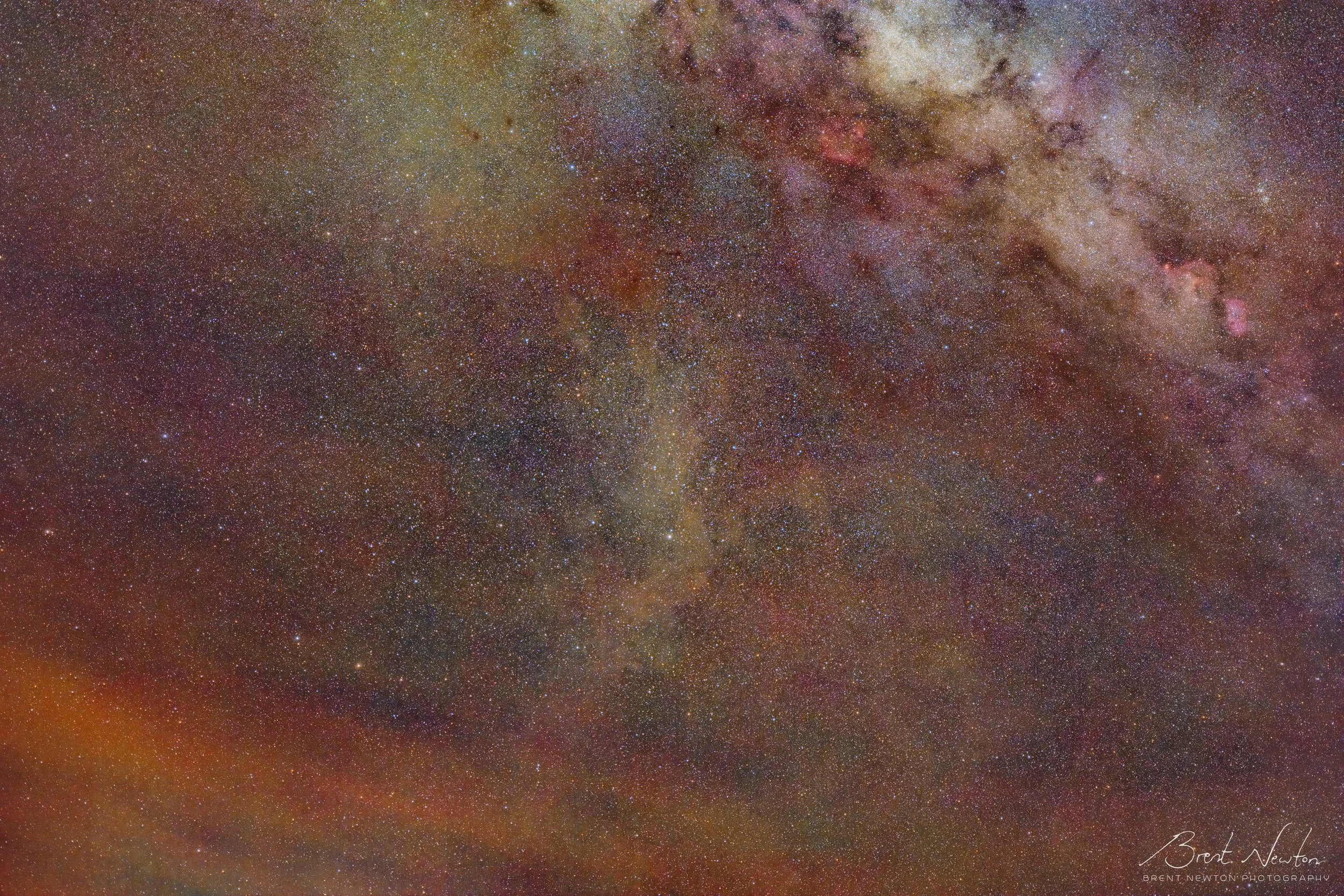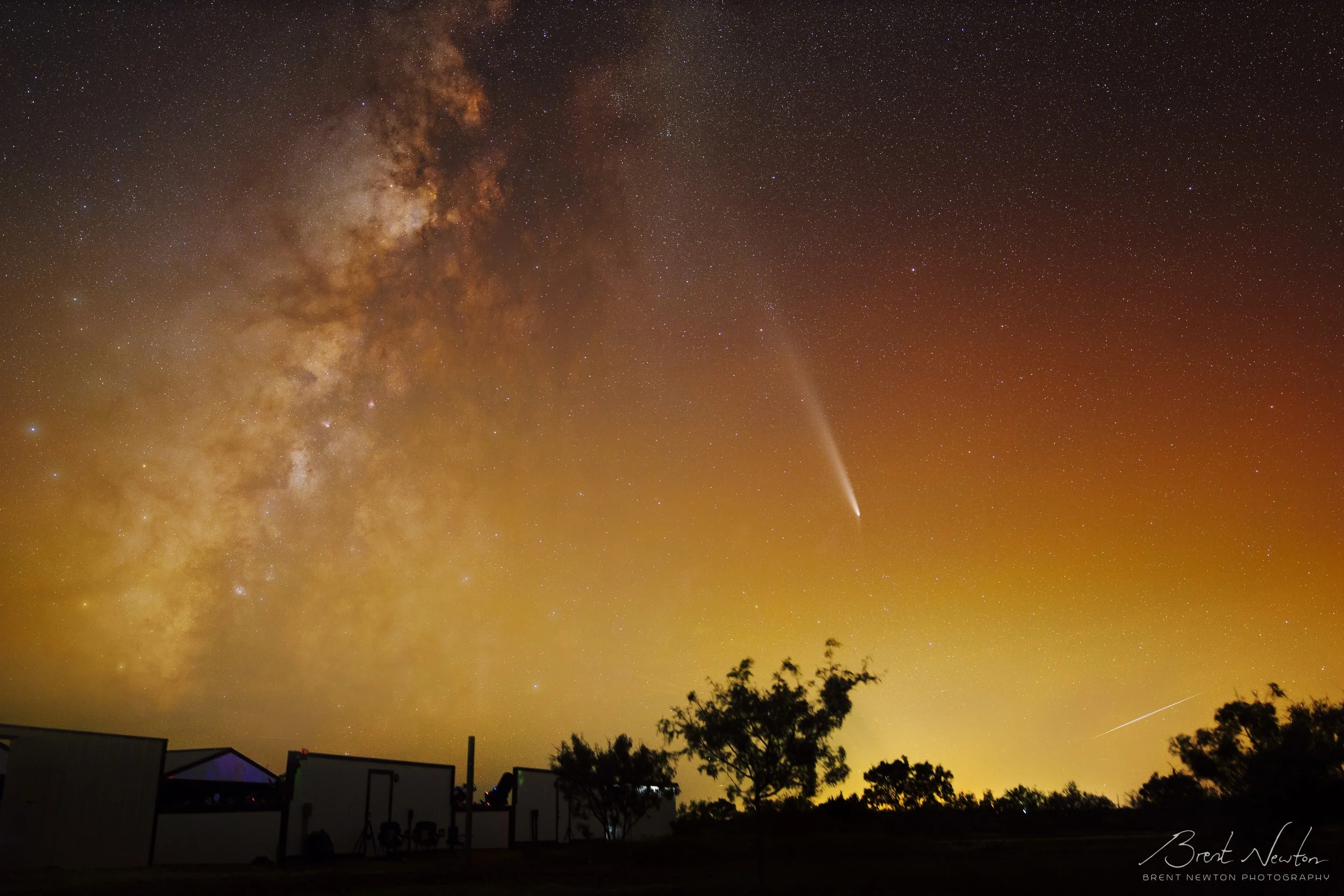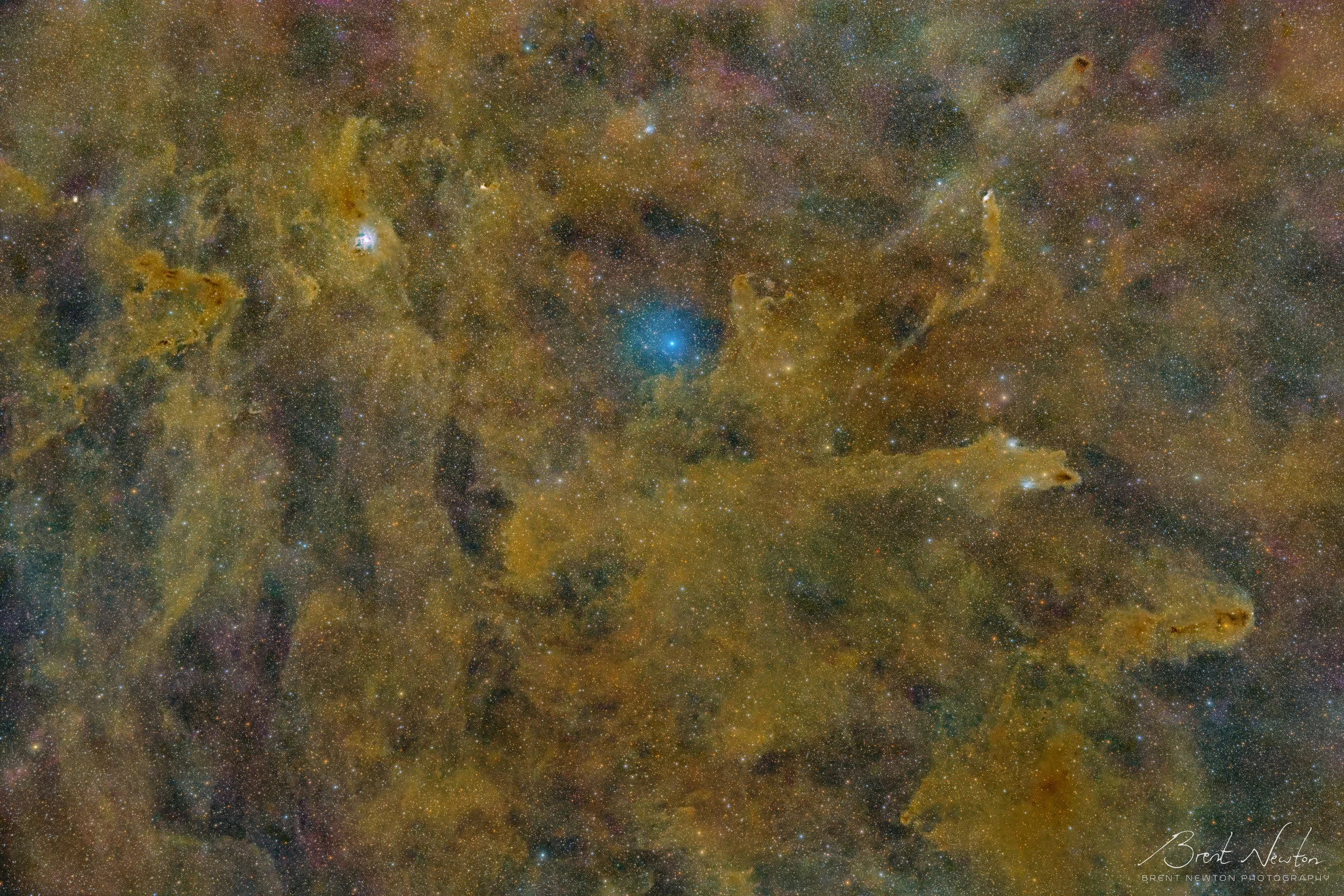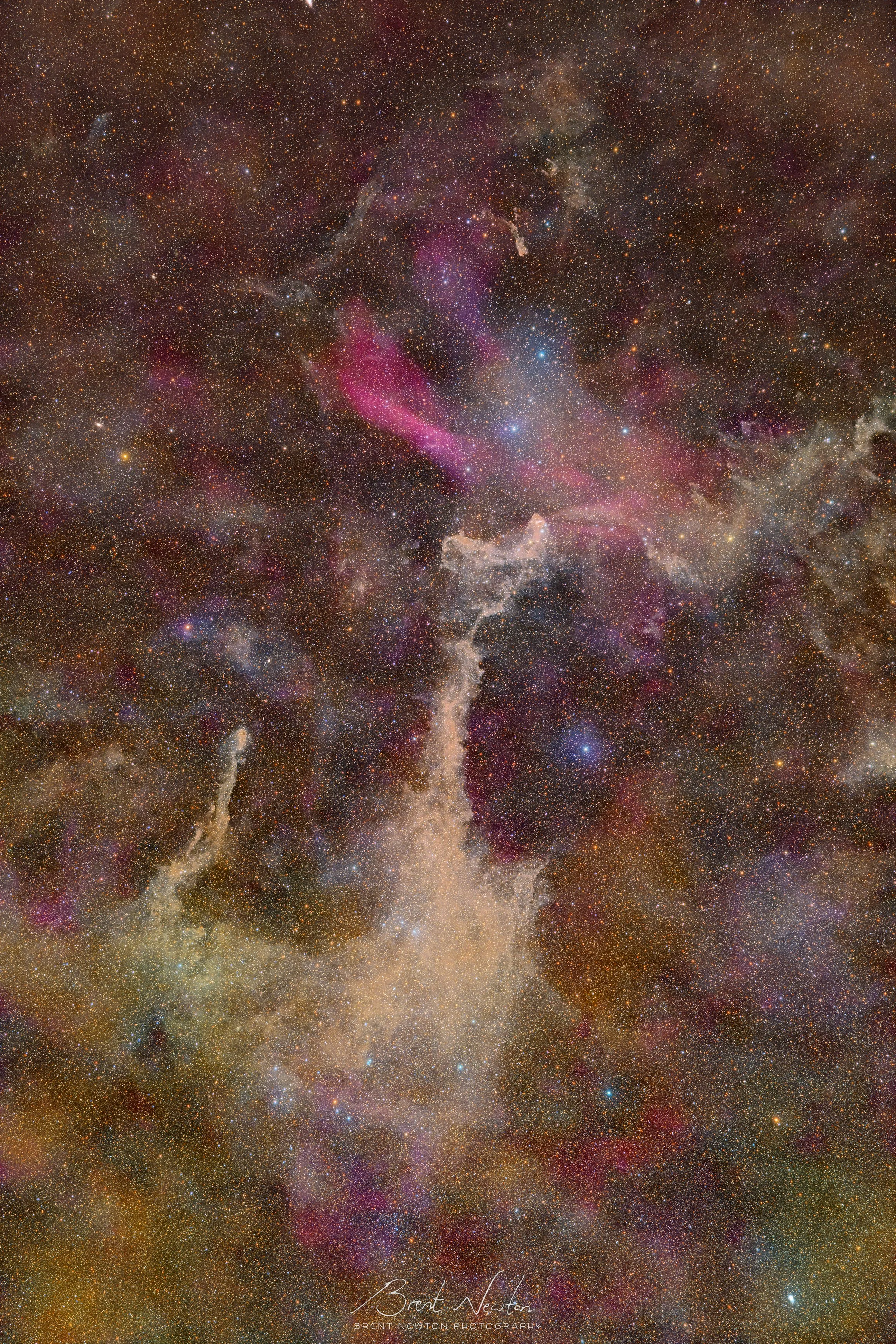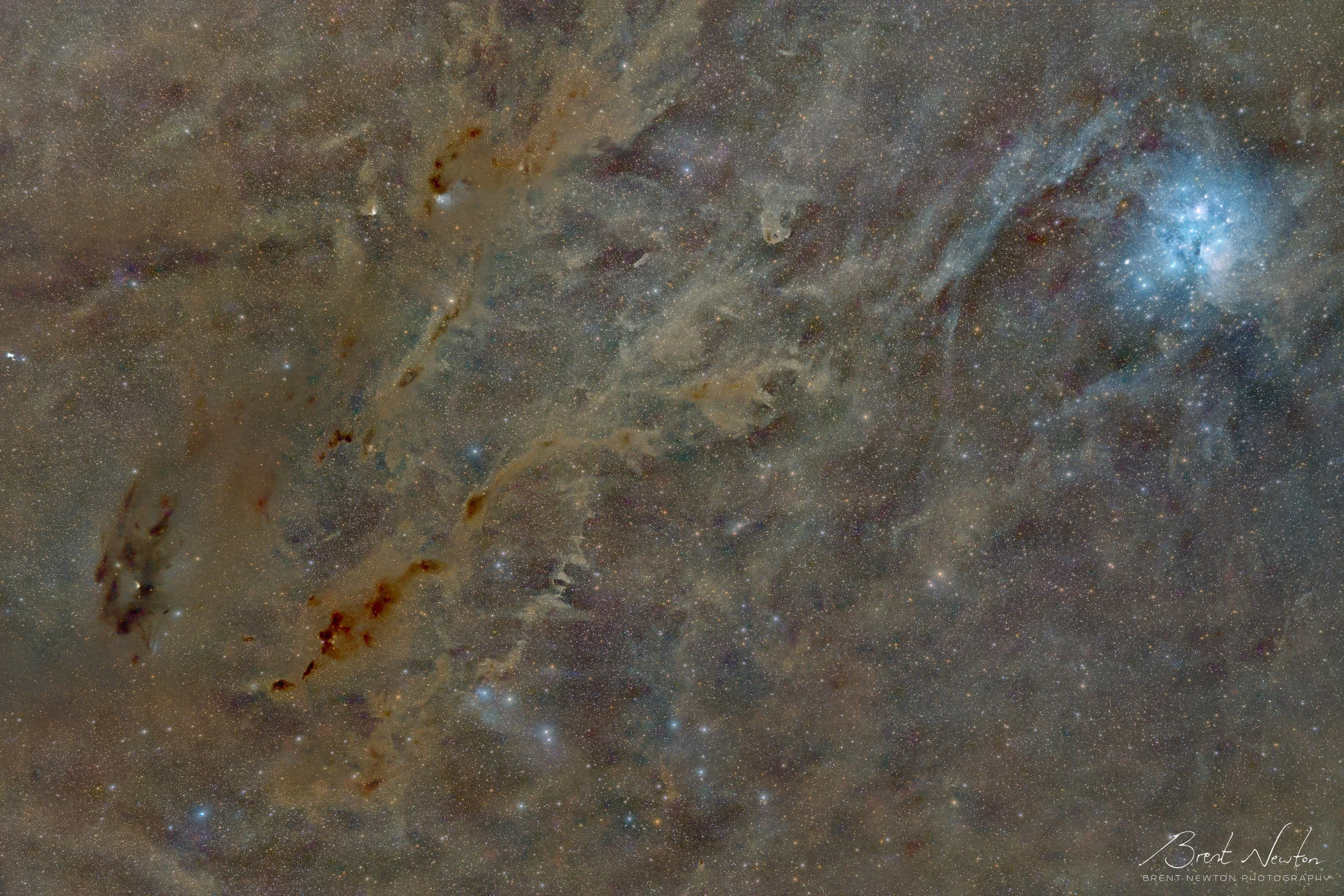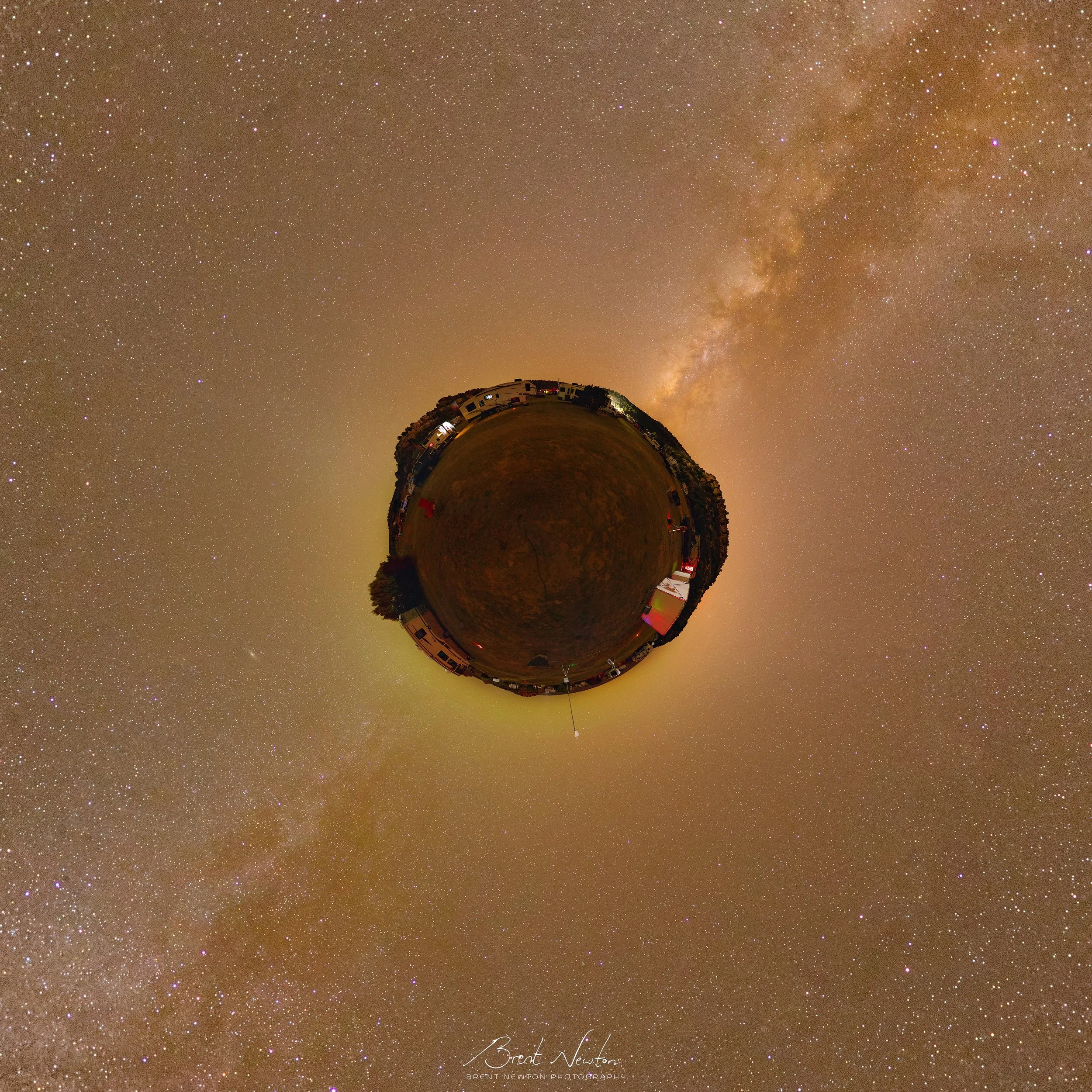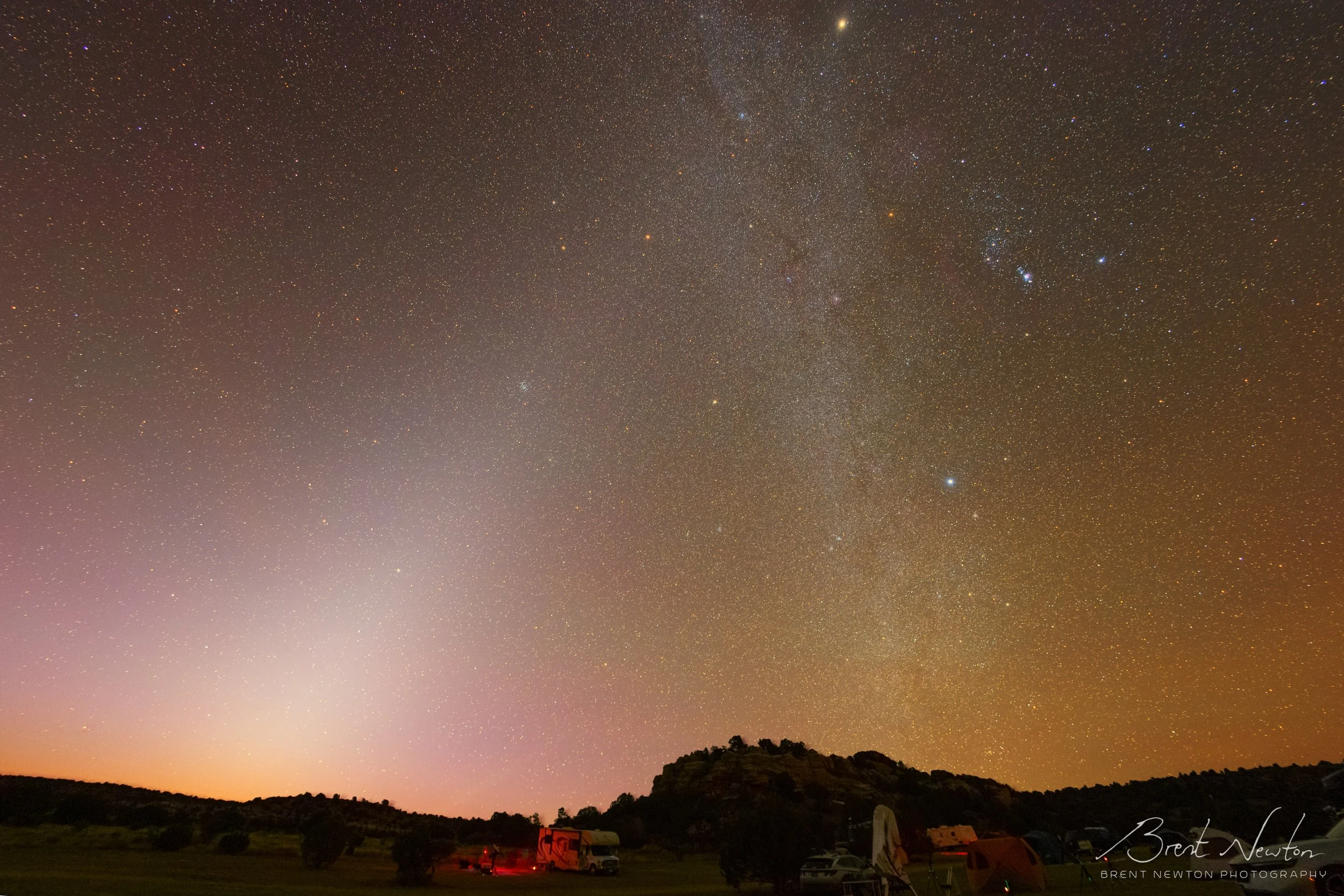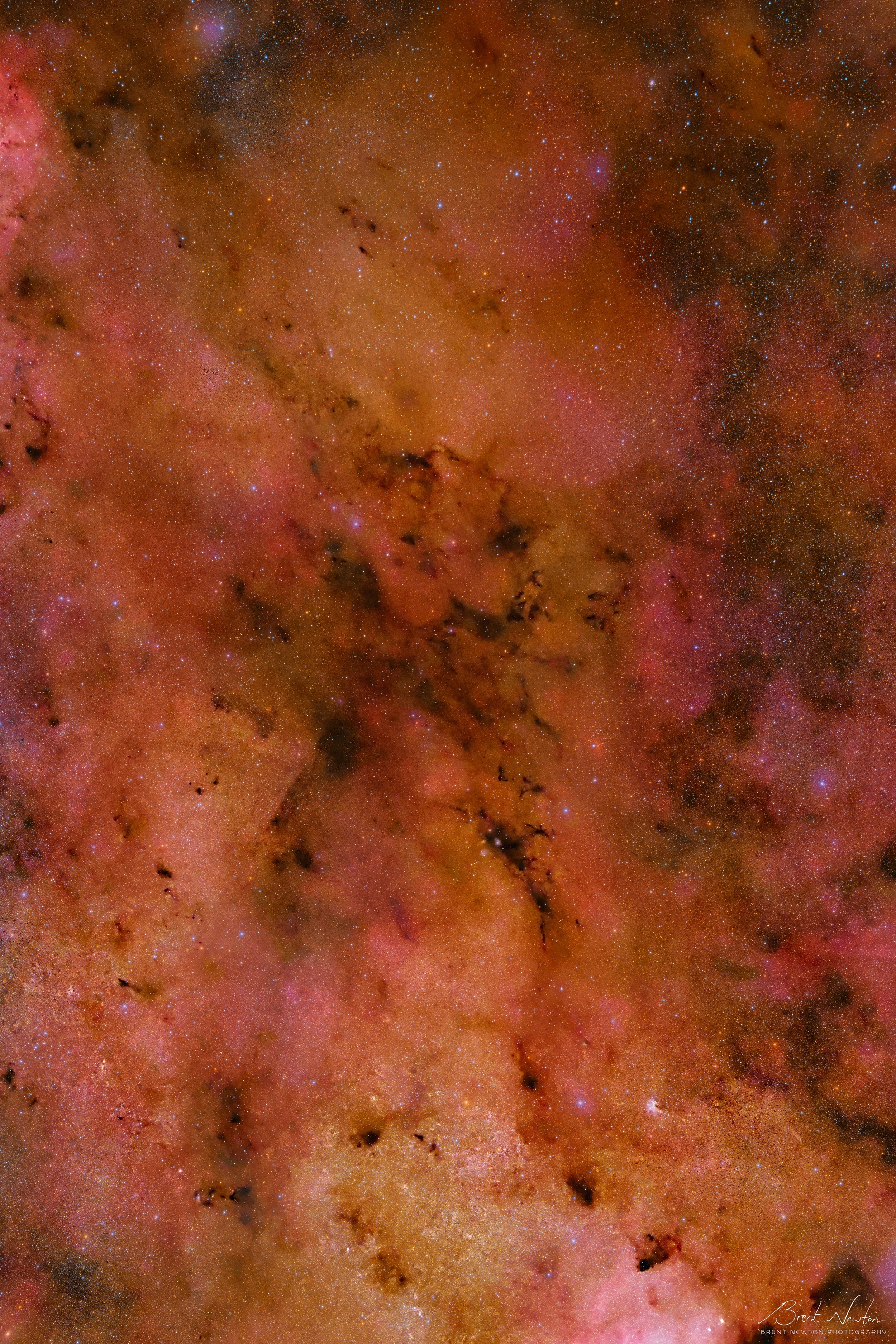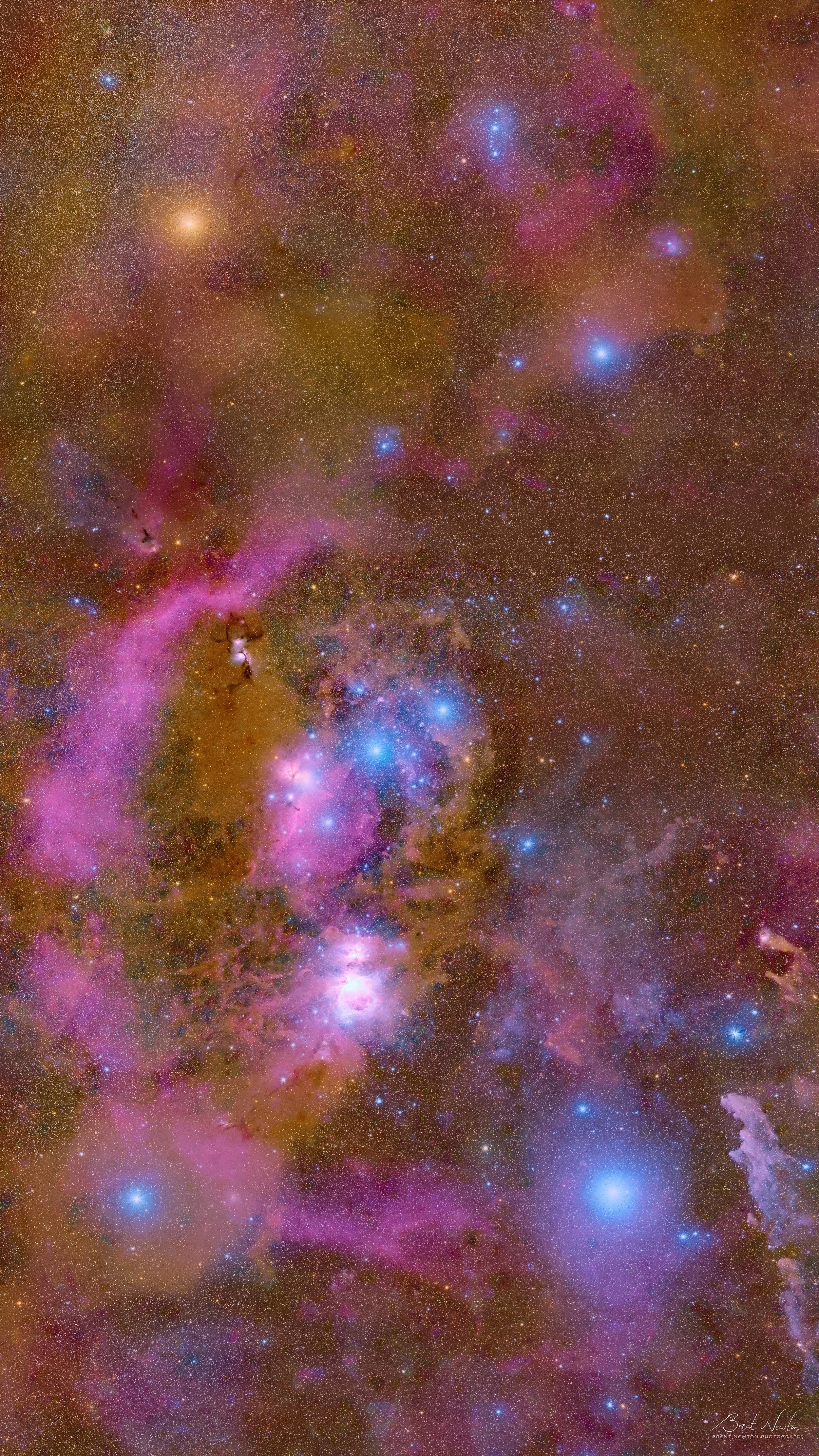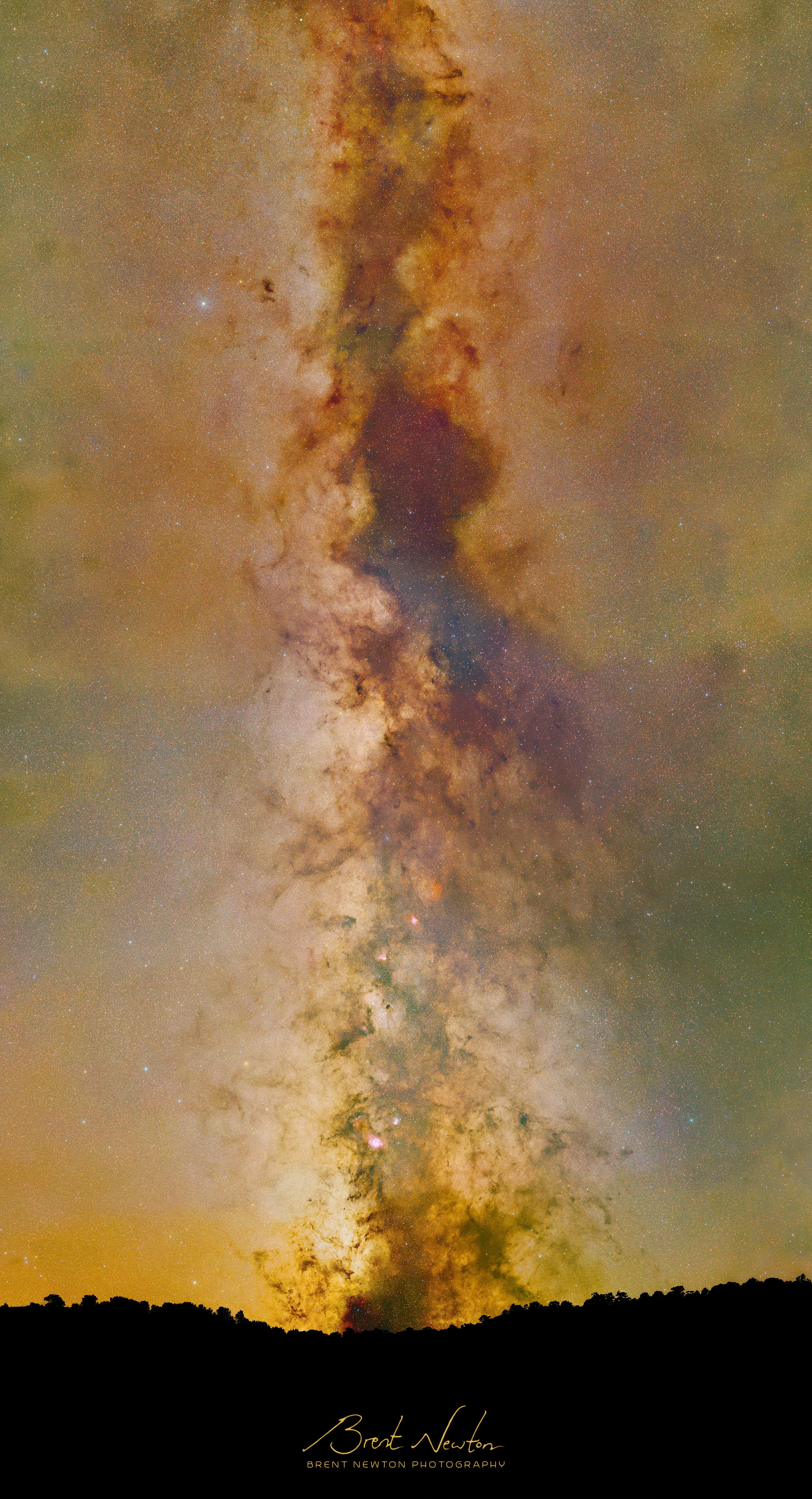A collection of widefield images all taken at 200mm focal length or less
Nebulosity around Polaris adjacent to the upper Milky Way, 1 hour of capture from Starfront Observatories in Texas during October 2024 using a Canon EOS RP and Sigma 28mm F/1.4 ART
Comet C/2023 A3 (Tsuchinshan-ATLAS) and the Milky Way from Starfront Observatories in Texas during October 2024. 27 minutes of capture using a Canon EOS RP + Sigma 28mm F/1.4 ART
Full Sky Projection of the Okie-Tex Star Party in October 2024 using a Canon EOS RP + TTArtisan 11mm F/2.8
Zodiacal Light captured during early morning at the 2024 Okie-Tex Star Party in October, 5 minutes of imaging using a Canon EOS RP and TTArtisan 11mm F/2.8
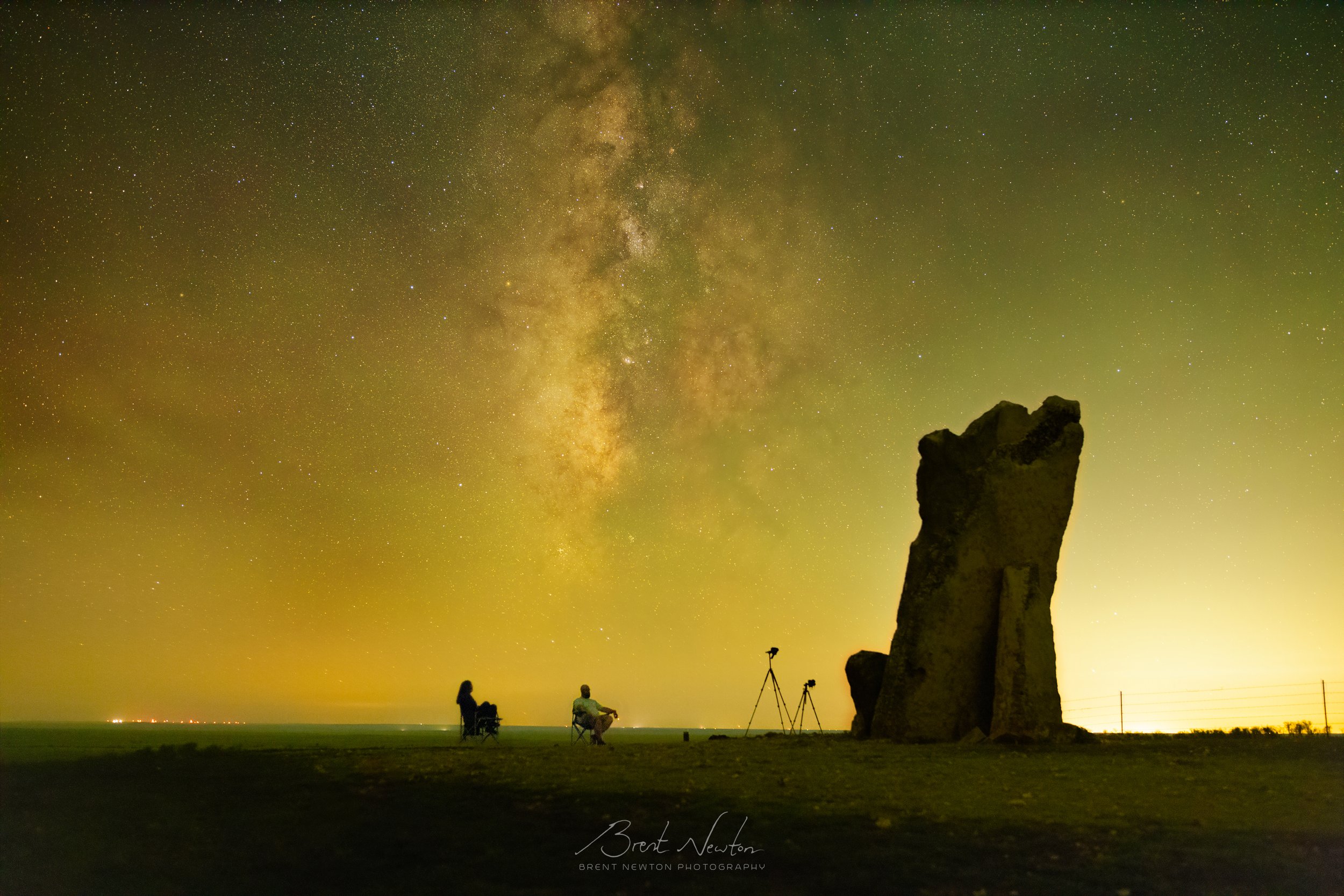

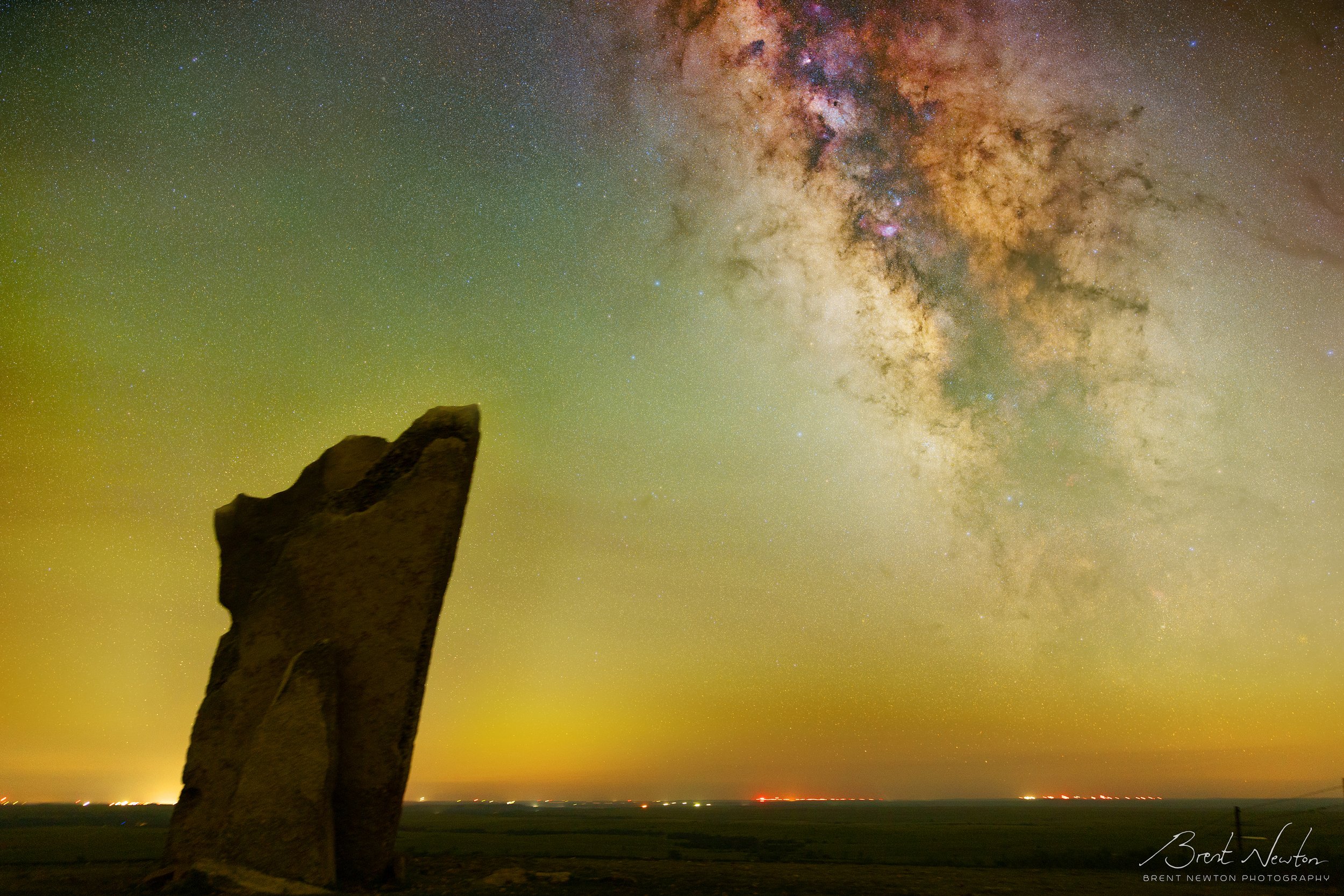
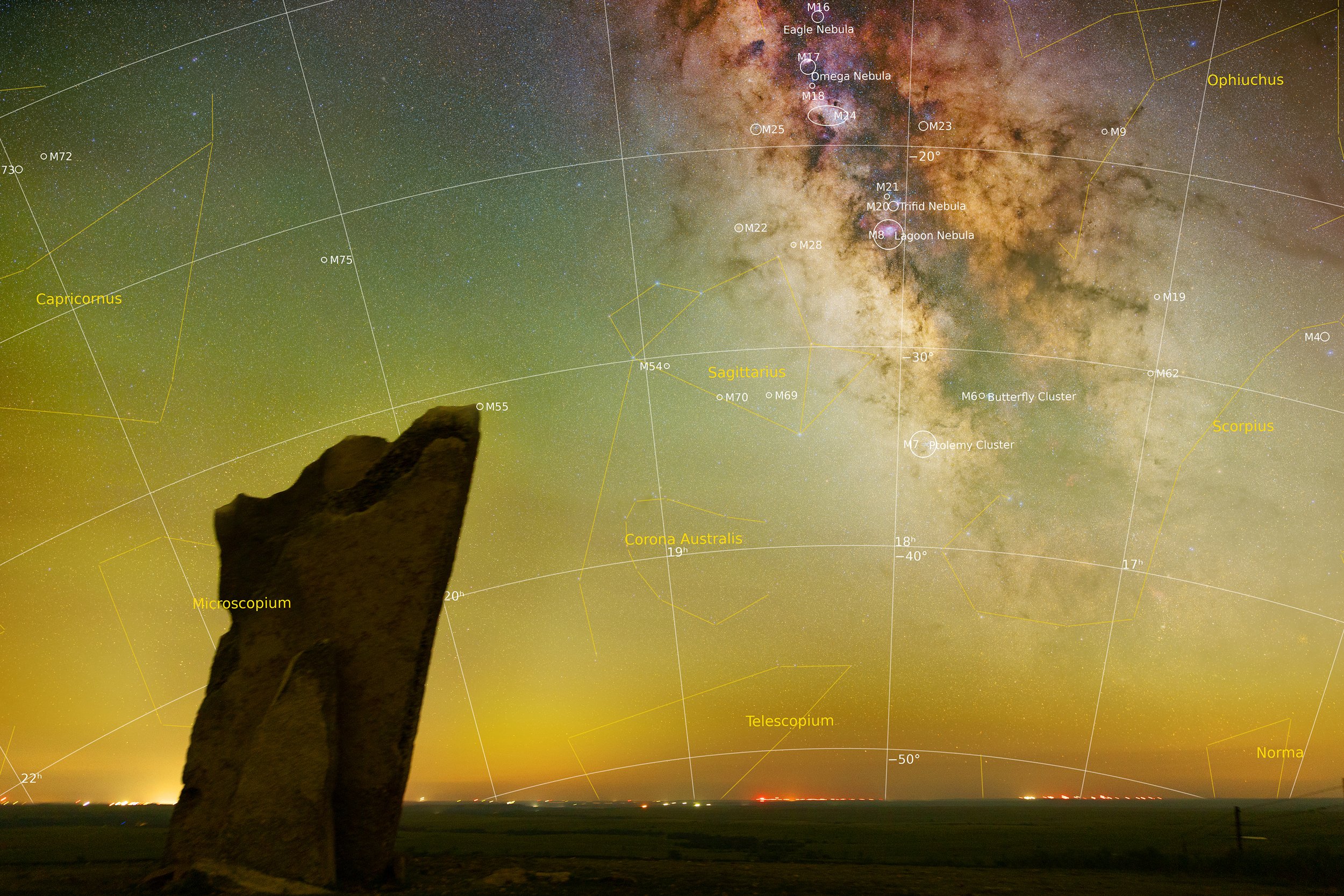
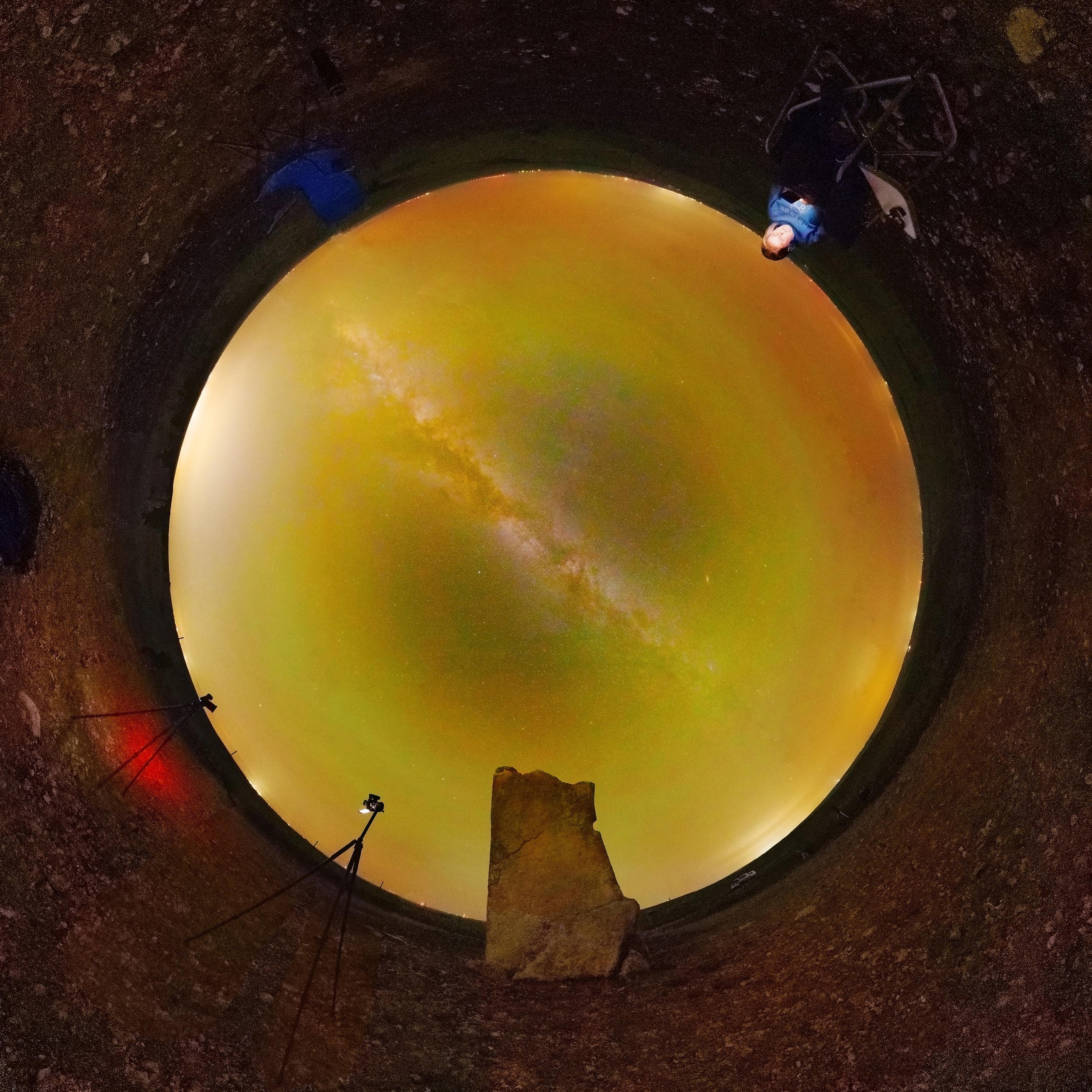

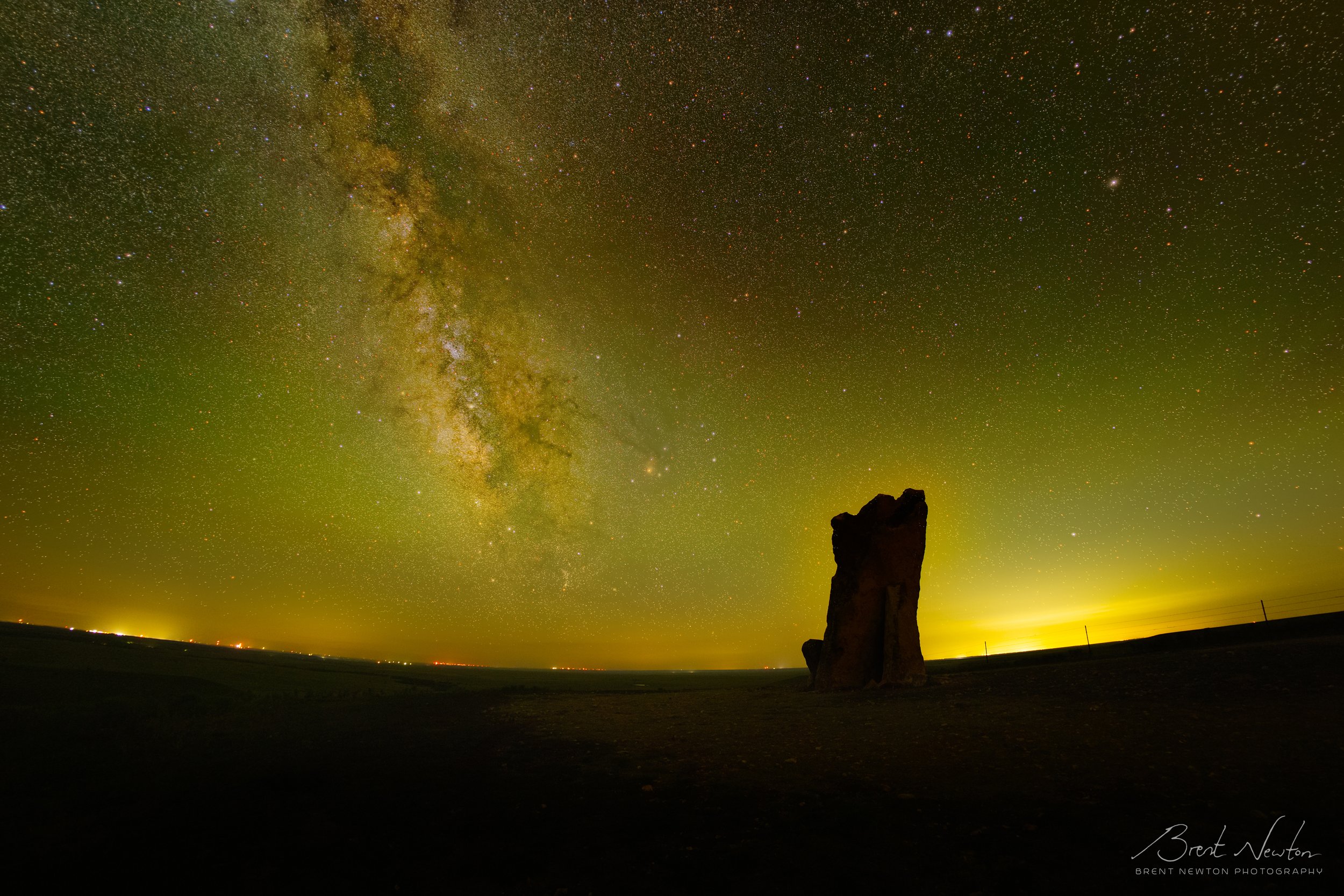
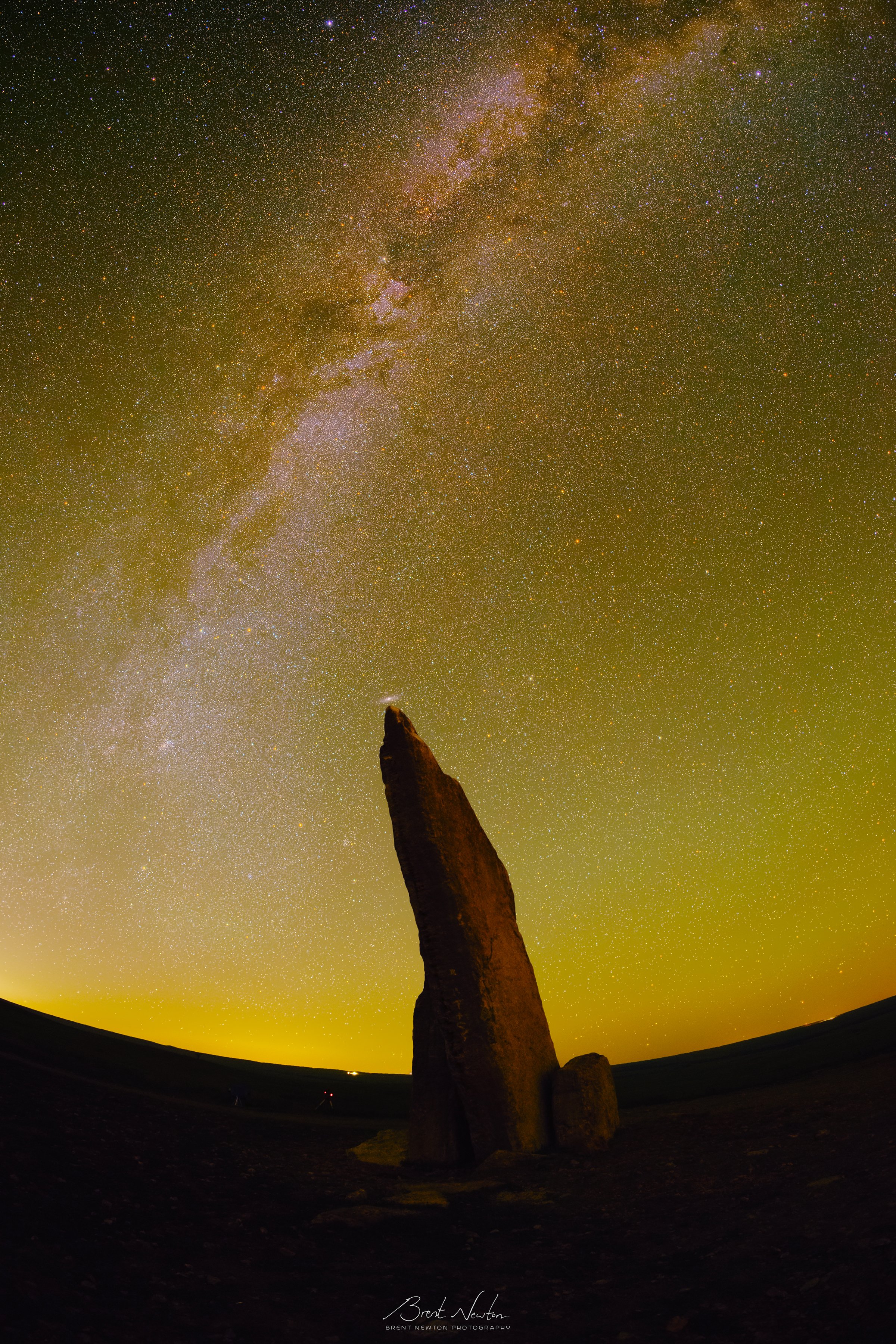
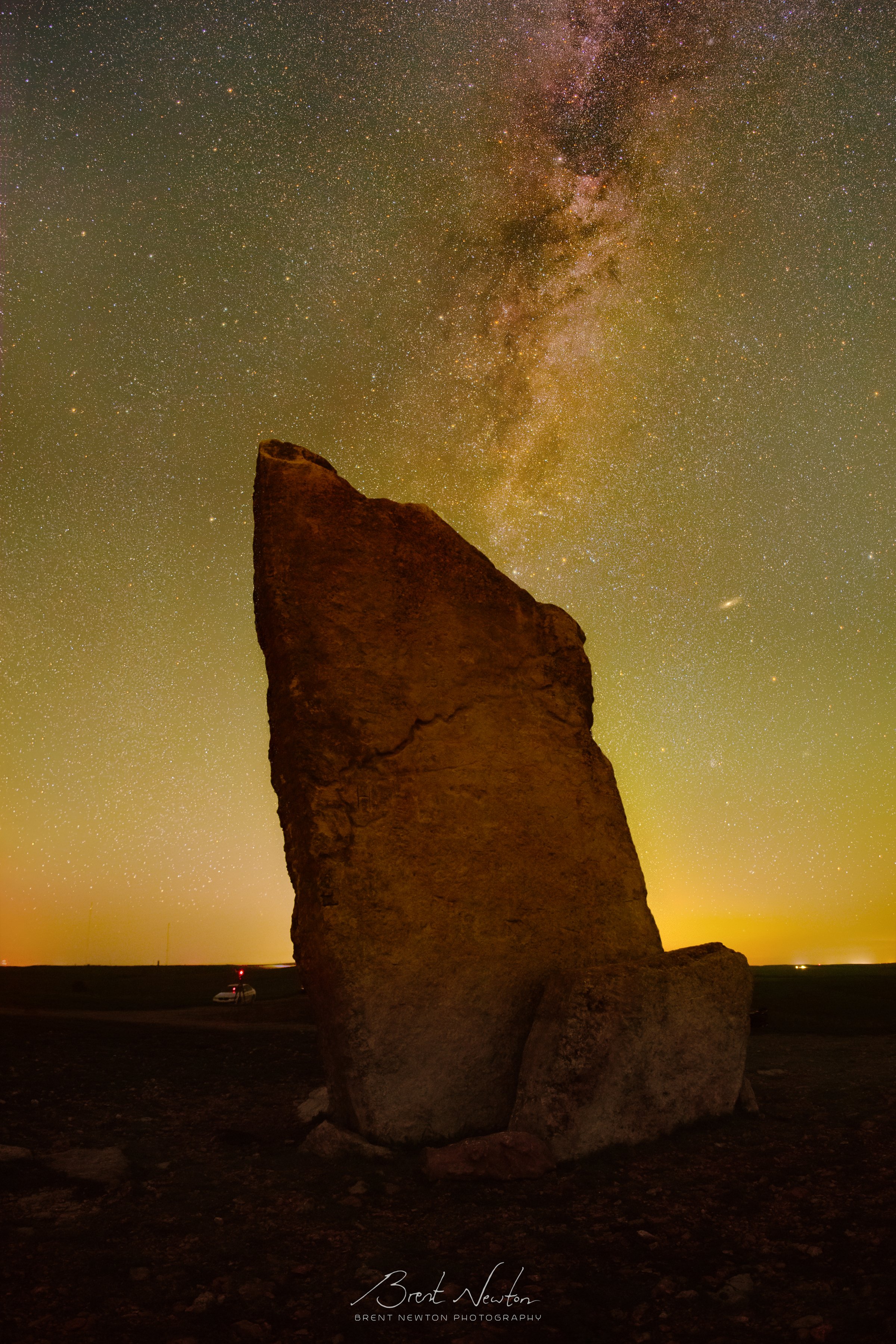
Photos taken during a trip to Teter Rock in August 2024
1 hour capture from late November at Coronado Heights, KS using a Sigma 28mm ART and a Canon EOS RP
Cassiopeia region captured over 5 hours as a 2-panel mosaic from November 2022. Canon EOS RP + Rokinon 135mm f/2
The Pleiades & the Horns of Taurus, 9 hours from Okie-Tex Star Party in October 2021 using a 50mm lens
Cassiopeia Region at 50mm, 9 hours color from the 2021 Okie-Tex star Party along with 16 hours of 12nm Hα from Wichita
The Swan and Eagle nebulae capture at 135mm, taken with 1 hour exposure in September 2021
Heart & Soul Nebula at 135mm, 5 hours exposure from September 2021
14mm Widefield of the 2021 Perseid meteor shower, taken from Fall River State Park in August 2021
A hazy photo of Orion in 50mm during the 2021 Okie-Tex star party. The thin clouds acted like a dispersion filter and allowed the stars to maintain their color without overexposure
The Cygnus constellation, taken with 22 hours of total exposure at 50mm, 16 of which used a Hydrogen-alpha filter to improve contrast of emission regions. Summer 2021
The Scutum region centering on the M11 open cluster, 90 minute exposure at 135mm from September 2021
The Milky Way’s Core and Rho Ophiuchus, taken as a 2-panel mosaic with a 50mm lens with 6 hours exposure in Summer 2021
6 hours on the Sagittarius area centered on the M20 and M8 nebulae, taken with a Rokinon 135mm lens in July 2021
Sagittarius Region captured at 50mm, 2 hours of 1-minute exposures from August 2021
Mars, Venus, and the Moon, captured at 135mm in July 2021
The Milky Way’s core, captured August 2021 during the peak of the Perseids, 10min total integration at 14mm
The Cygnus region captured July 2020
The 2020 Geminids Meteor Shower captured from a Bortle 2 site using a T3i & Rokinon 14mm
A composite edit of the 2020 Geminids with a dusk twilight foreground and traced constellations
The Orion-Taurus regions using 1 hour of total capture from a Bortle 1 site
Zodiacal light captured during the early morning of September 29th, 2019 at the Okietex Star Party
Cassiopeia / Andromeda at 14mm, just under 9 hours of 300” exposures from a Bortle 1 site
Cygnus widefield at 14mm. 3 hours total exposure, captured from a Bortle 2 site in September 2019
Cygnus midfield at 50mm, one hour total exposure from a Bortle 2 site during September 2019
Sagittarius midfield at 50mm, 1 hour total exposure from a Bortle 2 site in September 2019
Zodiacal Light near Orion, captured in the early morning in September 2019 at a Bortle 2 site
The ISS transiting over the Lake Afton Observatory from March 19, 2021. Canon T3i + Rokinon 14mm, series of 15” exposures
Sagittarius region at 18mm over the Lake Afton Observatory. Static tripod exposure from July 2017
ISS transit captured in 14mm from the Lake Afton Observatory in April 2018
Widefield taken at Lake Afton Observatory west of Wichita. From left to right Mars, Saturn, the Moon, Jupiter, and Venus are all visible along the ecliptic. September 2018

